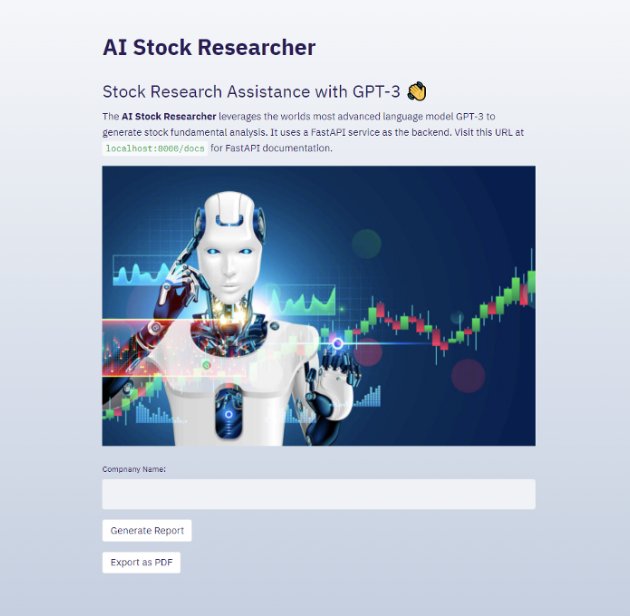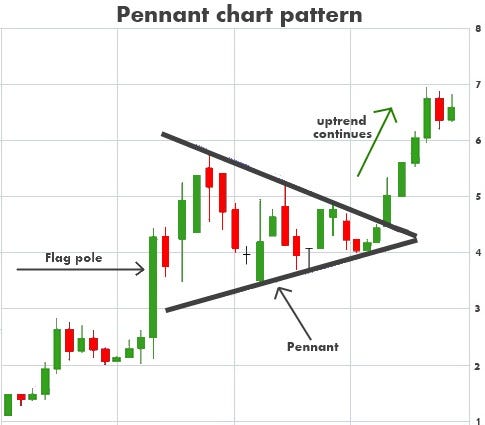The User Interface (UI) and User Experiences (UX) in AI trading platforms that forecast or analyze the price of stocks play an important function in ensuring efficiency as well as satisfaction. A poorly designed interface will hinder your decision-making process, even when you have strong AI models. Below are the top 10 tips for evaluating UX/UI.
1. The ease of use and the user-friendlyness are crucial factors to take into consideration.
Navigation: Make sure the platform is easy to use, with buttons and menus that are easy to understand as well as workflows.
Learning curve: Assess how quickly a new user can comprehend and utilize the platform with no lengthy training.
Consistency: Seek out consistent patterns of design (e.g. buttons or color schemes, etc.) across the entire platform.
2. Check for Customizability
Dashboard customization: Check for the possibility of being able to customize dashboards so that they show relevant data as well as graphs and metrics.
Layout flexibility: Make sure that the platform permits users to resize or rearrange widgets and charts.
Themes: Determine whether your platform supports dark or light mode or other preferences.
3. Visualize data with ease
Chart quality: Check whether the platform provides interactive charts with zooming and panning functionality (e.g. line charts or candlestick charts, etc.).
Visual clarity: Ensure the data are presented clearly with labels, legends and tooltips.
Updates in real-time: Make sure that visualizations change in real time to reflect market changes.
4. Test the responsiveness and speed.
The loading time is important: Make sure the platform is loaded quickly, even when working with large data sets or complex calculations.
Real-time performance: Determine whether the platform is able to manage real-time feeds of data with no delays or lags.
Cross-device compatibility: Check to see if your platform can be used on every device (desktops and mobiles as well as tablets).
5. Assess accessibility
Mobile app availability: Check whether the platform provides a mobile app with all the features needed for trading on the go.
Keyboard shortcuts - Ensure that your platform supports keyboard shortcuts for advanced users.
Accessibility features: Check if the platform complies with accessibility standards (e.g., screen reader support and high-contrast modes).
6. Review the search and filtering functionality
Search function: Make sure that the platform you use allows you to search quickly for indexes, stocks, and various other assets.
Advanced filters: Determine whether the user is able to apply filters to produce results that are more specific (e.g. by capitalization, sector, or performance metrics).
Saved searches - Make sure that the platform allows users to save frequently used filters or searches.
7. Check for Alerts & Notifications
Customizable alerts: Users are able to create notifications that are customized to specific situations.
Delivery of notifications: See whether notifications can be sent through multiple channels (e.g. SMS, email, app notifications).
Check for promptness and the accuracy of alarms.
8. Evaluating Integration with Other Software
Integration with brokers: The platform must be connected to your brokerage account to ensure that trades can be made effortlessly.
API access. Find out if the platform provides API access for advanced users to build custom tools and workflows.
Third-party Integrations: Make sure that the platform is compatible with any other programs (e.g. Excel, Google Sheets and trading bots).
9. Review Help and Support Features
Onboarding tutorials - Look for tutorials and walkthroughs available for new users.
Help center: Ensure that the platform offers a comprehensive knowledge base or a help center.
Customer support: Verify whether the platform provides an efficient customer support (e.g. email, live chat, telephone).
10. Test for Overall Satisfaction of Users
Feedback from users reviews and testimonials are used to measure overall satisfaction of users with the platform UI/UX.
Trial period: Take advantage of the demo or trial version for free to try the platform out for yourself and evaluate its functionality.
Error handling: Examine how the platform deals with edge cases or error (e.g. insufficient inputs, server downtime).
Bonus Tips
Aesthetics. While functionality is a key factor, a visually pleasing design can greatly enhance the your overall experience.
Performance under stress Test the platform to ensure that it remains steady and responsive during times of high volatility.
Forums and communities: Find out if the platform has an active community of users or forum where users can provide feedback and share tips.
Use these suggestions and you will be able to evaluate the UX/UI of AI-based stock prediction/analysis trading platforms. They'll be user-friendly and efficient and will also meet your trading needs. A great UI/UX will enhance the ability of you to make educated decisions and also execute trades efficiently. Check out the top rated ai trading bot info for site tips including best ai stocks to invest in, ai stock trader, ai copyright trading bot, ai investing tools, best ai stocks, chart ai trading, ai investment stock, best copyright prediction site, ai investing app, best stock analysis website and more.

Top 10 Tips For Evaluating Social And Community Features In Ai Trading Platforms For Stock Prediction And Analysis.
Knowing how users communicate, interact, and learn is crucial in comprehending the AI-driven trading and stock prediction platforms. These features can enhance the user experience through providing helpful assistance. These are the top ten tips to assess social and community aspects on such platforms.
1. Active User Group
Tip: Look for an online platform with users who regularly participates in discussion, gives feedback and insights.
Why: A vibrant community is a place where members can learn and grow together.
2. Discussion Forums and Boards
TIP: Assess the quality and amount of participation on message boards and forums.
Why Forums are important: They allow users to ask questions, share strategies and debate market trends.
3. Social Media Integration
TIP: Determine if the platform is integrated with social media channels (e.g., Twitter, LinkedIn) for sharing information and information.
Why social media integration can increase engagement and provide actual time market information.
4. User-Generated Materials
Tips: Search for tools that let users create and share content, like blogs, articles, or trading strategies.
The reason: User-generated content promotes a collaborative environment and provides different perspectives.
5. Expert Contributions
Tips: Make sure the platform features input from experts in the industry for example, market analysts or AI experts.
Why: Experts' insights add credibility and depth to community discussions.
6. Chat and Real-Time Messaging
Tip: Evaluate the instant chat or messaging capabilities to facilitate instant communication between users.
Real-time interactions allow for rapid sharing of information and collaboration.
7. Community Moderation and Support
Tips: Determine the degree and nature of support provided by your community (e.g. Moderators or representatives for customer service).
What is the reason? Moderation is crucial to ensure a positive and friendly atmosphere. Helping users solve their issues as quickly as they can.
8. Events and webinars
TIP: Make sure the platform hosts live Q&As with experts or hosts webinars.
What are the benefits: These events provide opportunities to learn and direct contact with industry professionals.
9. User Reviews
Look for options that allow users the ability to provide feedback and comments on the platform as well as its community features.
Why: User input helps determine strengths and areas to improve.
10. Gamification of Rewards
Tip. Make sure the platform has gamification features (e.g. leaderboards, leaderboards and badges) and incentives for engagement.
Gamification is a way to encourage community members to be more engaged.
Bonus Tip: Privacy and Security
Assure that privacy and security features for social and community functions are robust to protect the privacy of data and user interaction.
When you look at these aspects, you can decide whether an AI-powered stock prediction and trading system offers a positive community that will improve your trading experience. Take a look at the top ai copyright trading for website recommendations including chart ai for trading, stocks ai, ai stock prediction, ai trading app, incite ai, best ai for trading, trading with ai, best ai trading platform, artificial intelligence stocks, best stock analysis app and more.
